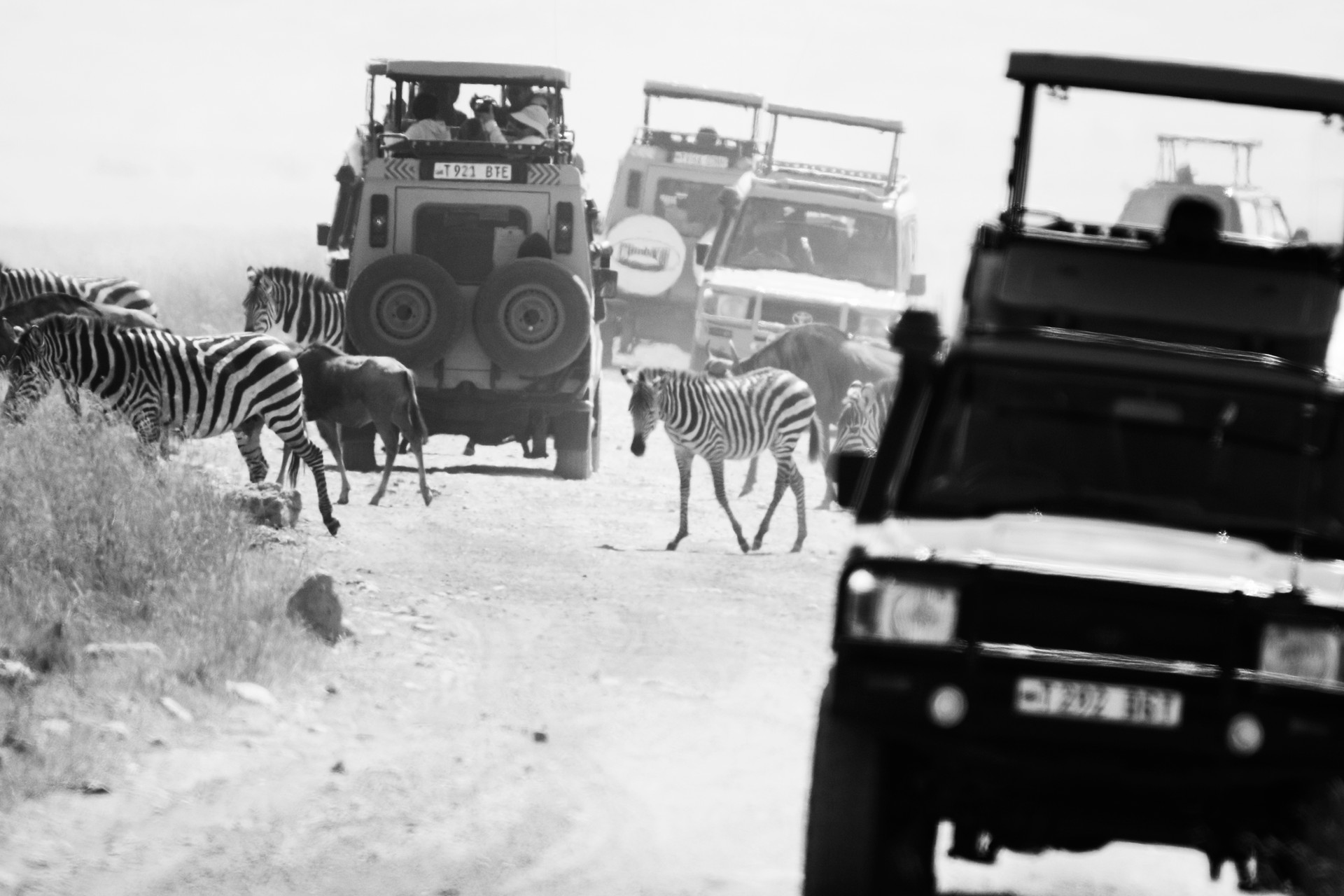HOME | DD
 Darth-Marlan — Out of space
Darth-Marlan — Out of space

#africa #ngorogoro #wildebeast #wildlife #zebra
Published: 2016-11-05 14:41:26 +0000 UTC; Views: 412; Favourites: 9; Downloads: 4
Redirect to original
Description
A daily issue for the local residents. On this particular day, there were at least 60+ 4wd vehicles (I counted whilst we were on our way to see a Rhinoceros - more on that story on the associated image)This was captured whilst shooting through the open top of the vehicle we were in, the vehicles in the background were stationary, but the one closest was moving. The zebra and wildebeast were very slowly making their way across the road.
-
The Ngorongoro Conservation Area spans vast expanses of highland plains, savanna, savanna woodlands and forests. Established in 1959 as a multiple land use area, with wildlife coexisting with semi-nomadic Maasai pastoralists practicing traditional livestock grazing, it includes the spectacular Ngorongoro Crater, the world’s largest caldera. The property has global importance for biodiversity conservation due to the presence of globally threatened species, the density of wildlife inhabiting the area, and the annual migration of wildebeest, zebra, gazelles and other animals into the northern plains. Extensive archaeological research has also yielded a long sequence of evidence of human evolution and human-environment dynamics, including early hominid footprints dating back 3.6 million years.
Source: whc.unesco.org/en/list/39/

























